A Critical Analysis Of The Da Vinci Code's Impact On Popular Culture
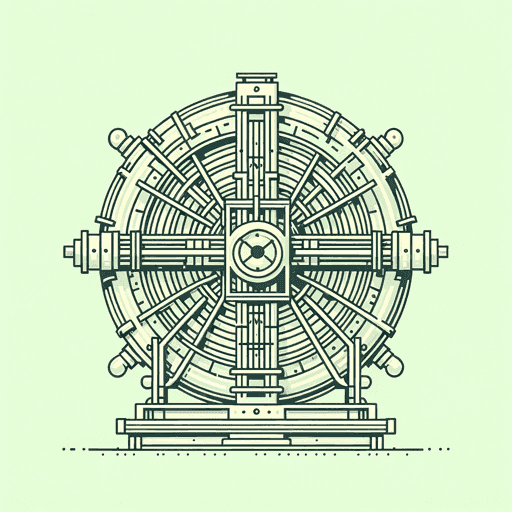
Table of Contents
The Da Vinci Code and the Rise of Historical Tourism
The Da Vinci Code ignited a surge in tourism to locations featured in the novel. The Louvre Museum in Paris, Rosslyn Chapel in Scotland, and various other sites experienced a dramatic increase in visitor numbers following the book's release. This "Da Vinci Code tourism" had significant economic benefits for local communities, boosting revenue for hotels, restaurants, and tour operators. Numerous themed tours and travel packages specifically catering to fans of the novel emerged.
However, this influx of tourists also presented challenges. The sheer volume of visitors led to concerns about overtourism, potential damage to historical sites, and the disruption of local life. The increased pressure on these locations highlights the complex relationship between popular culture phenomena and the preservation of historical heritage.
- Increased visitor numbers to specific sites: Rosslyn Chapel, for instance, saw a massive increase in visitors, requiring expanded infrastructure to manage the crowds.
- Creation of themed tours and travel packages: Numerous companies capitalized on the book's popularity by creating specialized tours focusing on the locations and themes explored in The Da Vinci Code.
- Economic impact on local communities: While beneficial in many cases, the economic boom was not always evenly distributed, and some communities struggled to manage the rapid influx of tourists.
- Potential for overtourism and damage to historical sites: The increased foot traffic resulted in wear and tear on historical sites, raising concerns about their long-term preservation.
The Da Vinci Code and the Public Discourse on Religion and History
The Da Vinci Code didn't just sell books; it fueled widespread public discussion about Christianity, the Catholic Church, and historical interpretations. The novel's controversial claims about the suppression of historical information and the potential secret lineage of Jesus sparked heated debates. Religious organizations and scholars responded with critiques of the book's historical inaccuracies and theological interpretations.
The book, however, undeniably stimulated public interest in religious history, prompting many to investigate the historical evidence and interpretations presented in the narrative. While criticized for its fictionalized accounts, the novel’s impact on fostering a public dialogue around religious history and alternative perspectives is undeniable.
- Challenges to traditional religious narratives: The Da Vinci Code directly challenged traditional interpretations of Christian history, leading to public scrutiny and debate.
- Stimulation of public interest in religious history: The novel's popularity encouraged many to explore the historical context surrounding early Christianity and the origins of the Catholic Church.
- Fueling of conspiracy theories and alternative historical perspectives: The book's narrative structure, while fictional, contributed to the spread of conspiracy theories and alternative historical viewpoints.
- Increased scrutiny of historical evidence and interpretations: The controversies surrounding the novel prompted greater public attention to the critical evaluation of historical evidence and interpretations.
The Da Vinci Code's Influence on the Literary Landscape
The Da Vinci Code's success significantly impacted the genre of historical fiction and thriller novels. Its blend of historical settings, religious intrigue, and fast-paced storytelling proved highly appealing to a broad readership. The novel's popularity led to a surge in the publication of similar books exploring religious conspiracies and historical mysteries. Many authors attempted to emulate its unique style and storytelling techniques, which combined meticulous research with a gripping narrative.
However, critical assessments of the novel's literary merit varied widely. Some praised its captivating plot and accessibility, while others criticized its simplistic character development and historical inaccuracies. Nevertheless, its influence on the contemporary literary landscape remains undeniable.
- Increased popularity of historical fiction with religious themes: The Da Vinci Code popularized a specific subgenre of historical fiction centered on religious mysteries and conspiracies.
- Emergence of similar novels exploring religious conspiracies: Many authors followed in Brown's footsteps, creating similar works that tapped into the public's fascination with hidden histories and religious secrets.
- Impact on the writing style and narrative structure of subsequent works: The novel's pacing, structure, and blend of fact and fiction influenced the style and structure of many subsequent works in the genre.
- Critical assessments of the novel's literary merit: Despite its commercial success, The Da Vinci Code faced considerable criticism regarding its literary merit and historical accuracy.
The Da Vinci Code's Cultural Footprint Beyond Literature
The Da Vinci Code's impact extends far beyond the written word. The film adaptation, released in 2006, achieved significant box office success, further cementing the novel's place in popular culture. Its themes and imagery have permeated various media forms, appearing in memes, television shows, and other works of fiction. The novel's characters, particularly Robert Langdon, have become recognizable figures in popular culture. This enduring presence highlights the novel's remarkable staying power and its deep imprint on the cultural consciousness.
- Box office success of the film adaptation: The movie adaptation of The Da Vinci Code was a box office hit, introducing the story to a wider audience.
- Use of the novel's themes and imagery in other forms of media: The novel's themes and symbols have been referenced and reinterpreted across various media platforms, demonstrating its widespread cultural influence.
- Persistence of its characters and storyline in popular culture: Robert Langdon and the central themes of The Da Vinci Code remain recognizable and frequently referenced in popular culture.
- The novel's enduring cultural relevance: The Da Vinci Code continues to be discussed and debated, demonstrating its lasting impact on popular culture.
Conclusion: Assessing the Continued Relevance of The Da Vinci Code's Impact on Popular Culture
The Da Vinci Code's impact on popular culture is multifaceted and enduring. From sparking a boom in historical tourism to fueling extensive public discourse on religion and history, and significantly influencing the literary landscape, the novel's legacy is undeniable. Its pervasive presence in various media formats underscores its continued relevance in contemporary society. Its influence extends beyond simple sales figures; it represents a powerful example of how a single work of fiction can profoundly shape cultural conversations and behavior.
To further analyze the cultural impact of The Da Vinci Code, explore its enduring influence on tourism, or discuss the continuing legacy of The Da Vinci Code with others, engage with related works of historical fiction and religious literature. The book’s impact continues to provide rich ground for further investigation and discussion.

Featured Posts
-
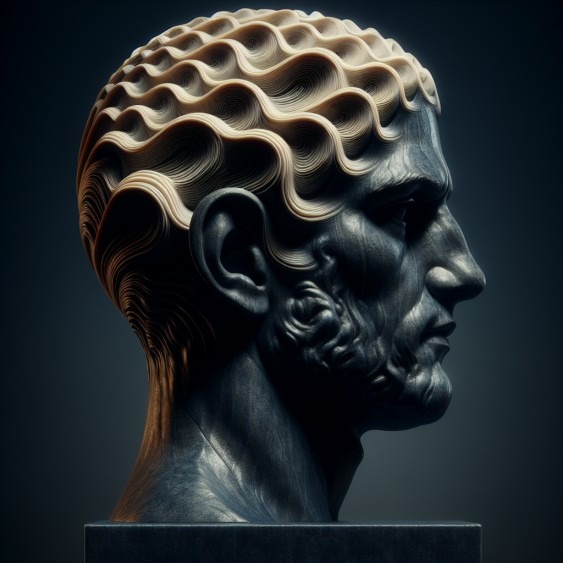 Investor Behavior Examining The Semiconductor Etf Sell Off Before Recent Gains
May 13, 2025
Investor Behavior Examining The Semiconductor Etf Sell Off Before Recent Gains
May 13, 2025 -
 Ryujinx Switch Emulator Project Officially Ends After Nintendo Contact
May 13, 2025
Ryujinx Switch Emulator Project Officially Ends After Nintendo Contact
May 13, 2025 -
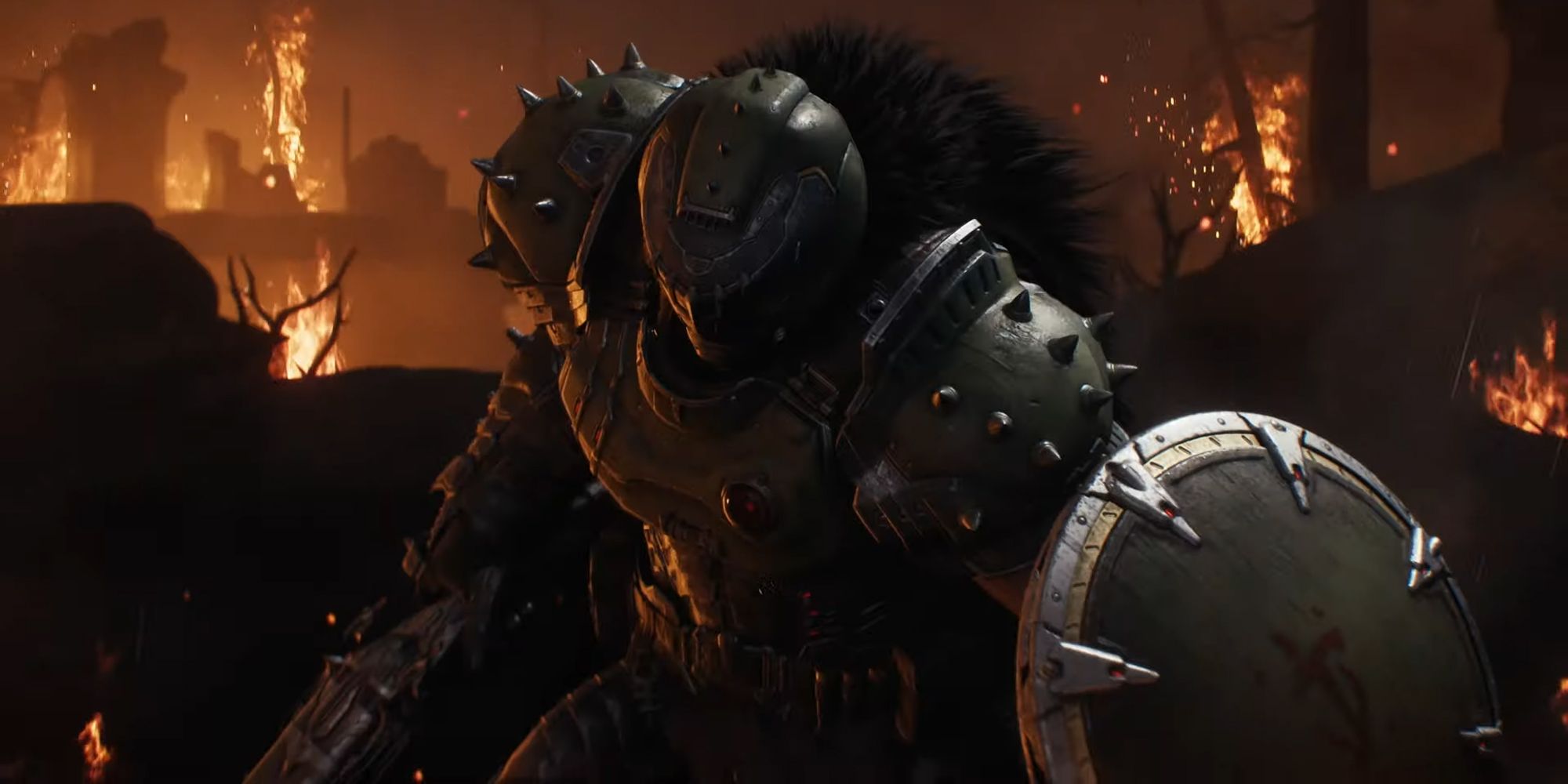 Leaked Doom The Dark Age Gameplay And Story Details
May 13, 2025
Leaked Doom The Dark Age Gameplay And Story Details
May 13, 2025 -
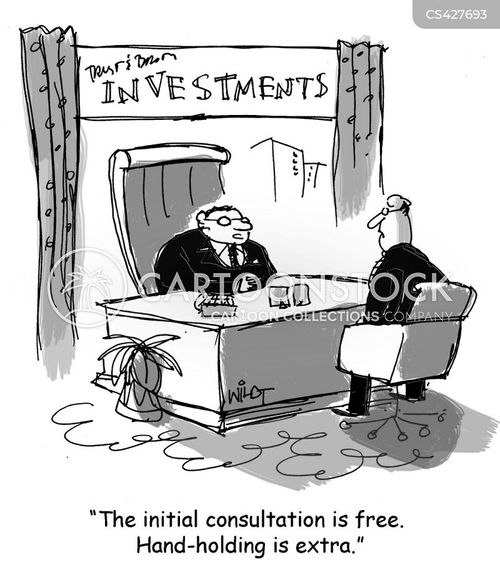 High Stock Valuations And Investor Concerns Bof As Reassuring View
May 13, 2025
High Stock Valuations And Investor Concerns Bof As Reassuring View
May 13, 2025 -
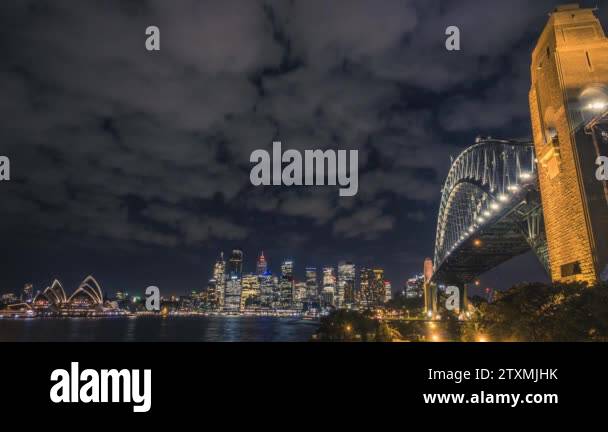 Schiphol Airport Roads And Ferries Heavy Traffic Predicted For Easter And Spring Break
May 13, 2025
Schiphol Airport Roads And Ferries Heavy Traffic Predicted For Easter And Spring Break
May 13, 2025
